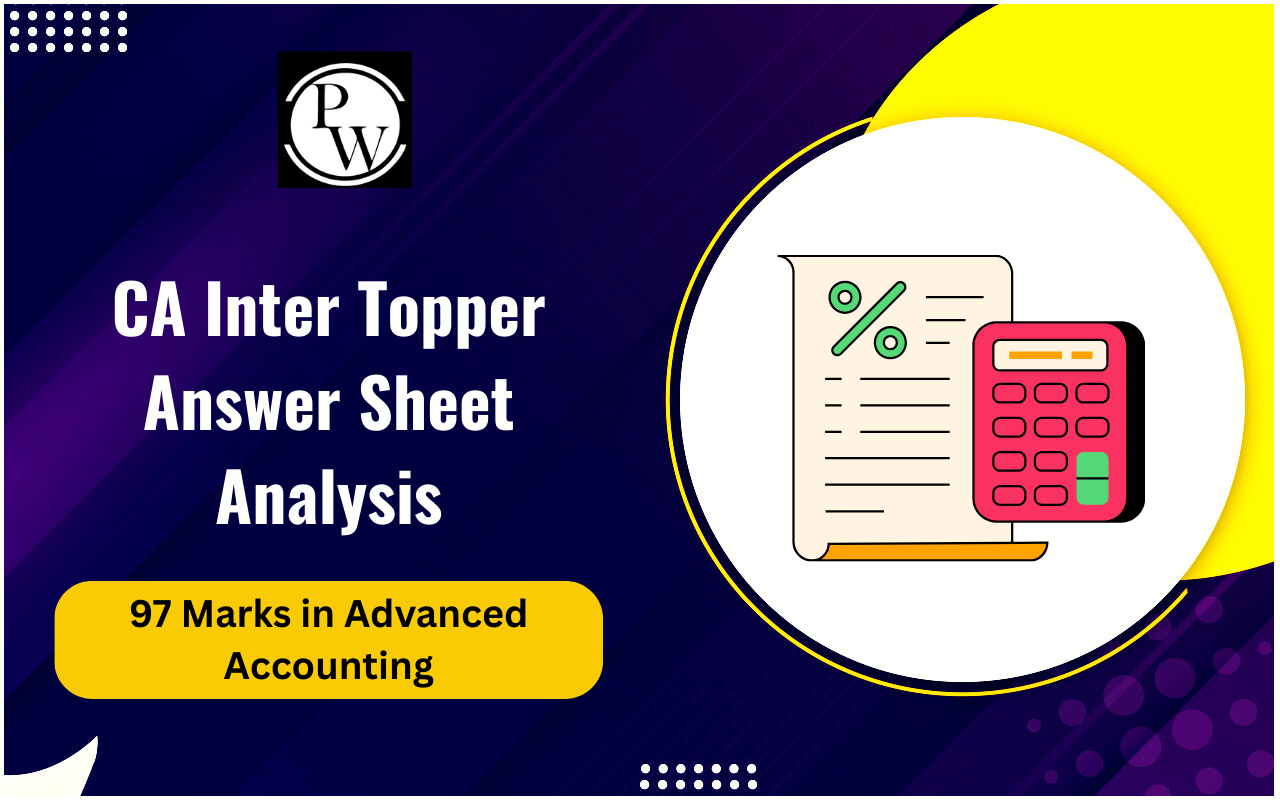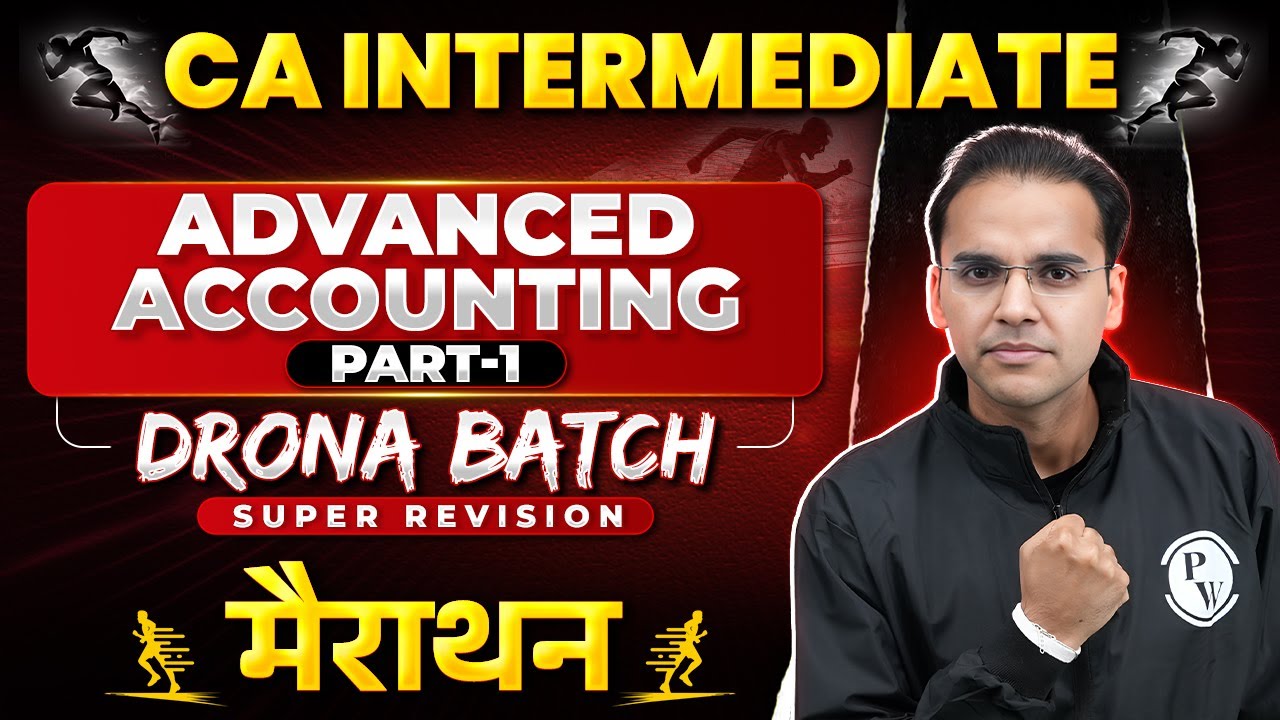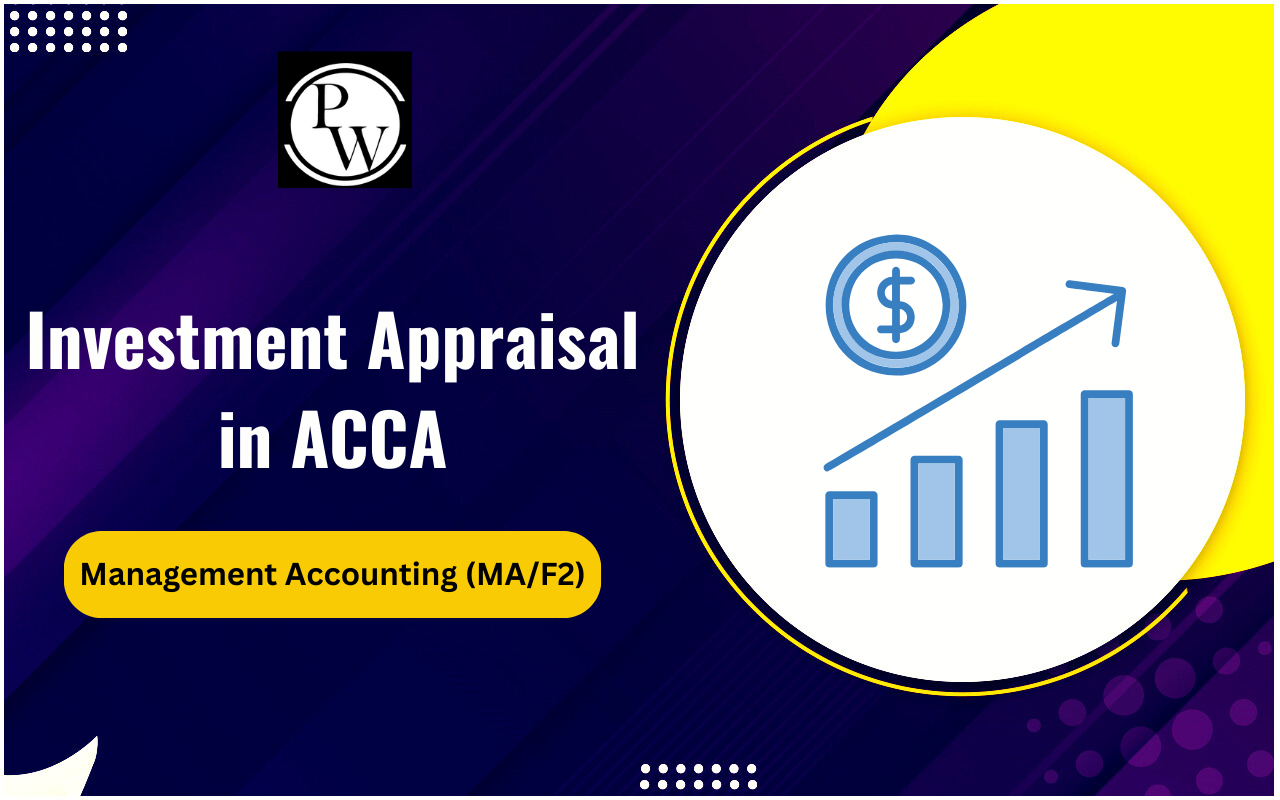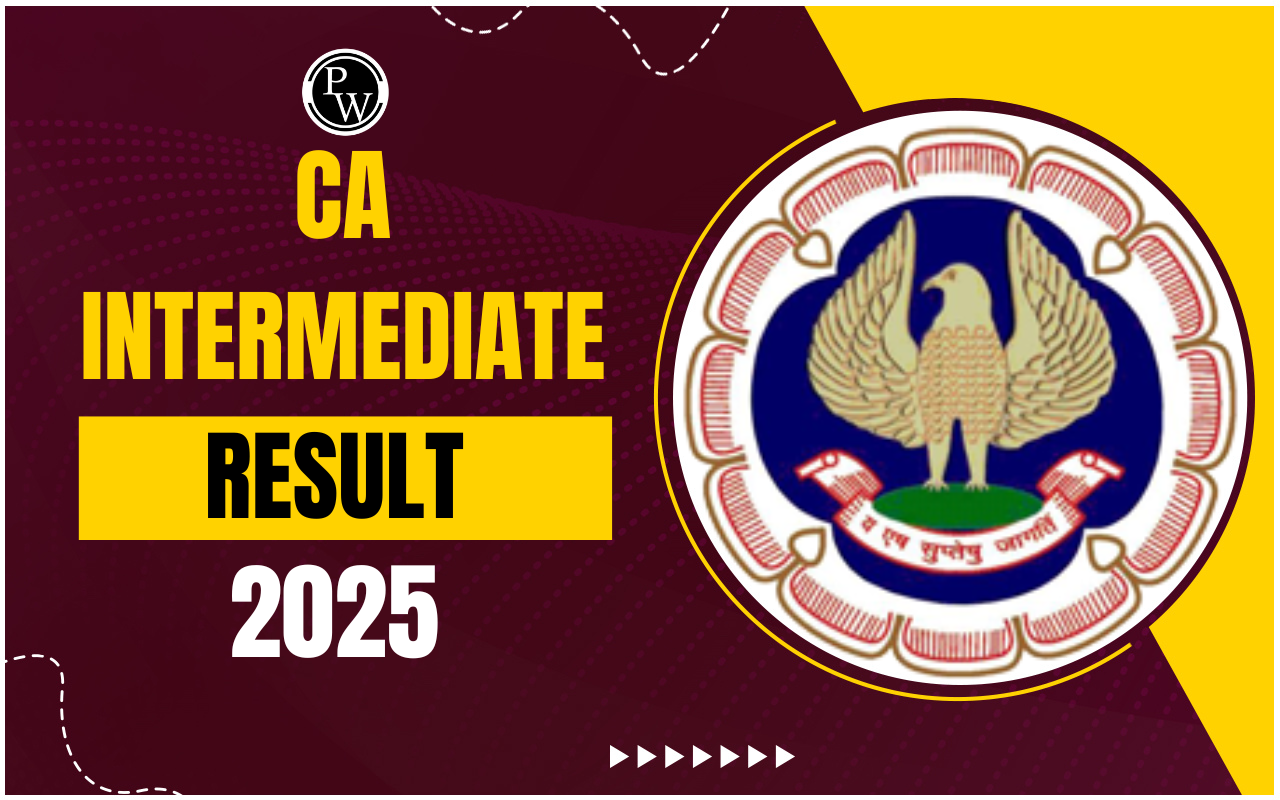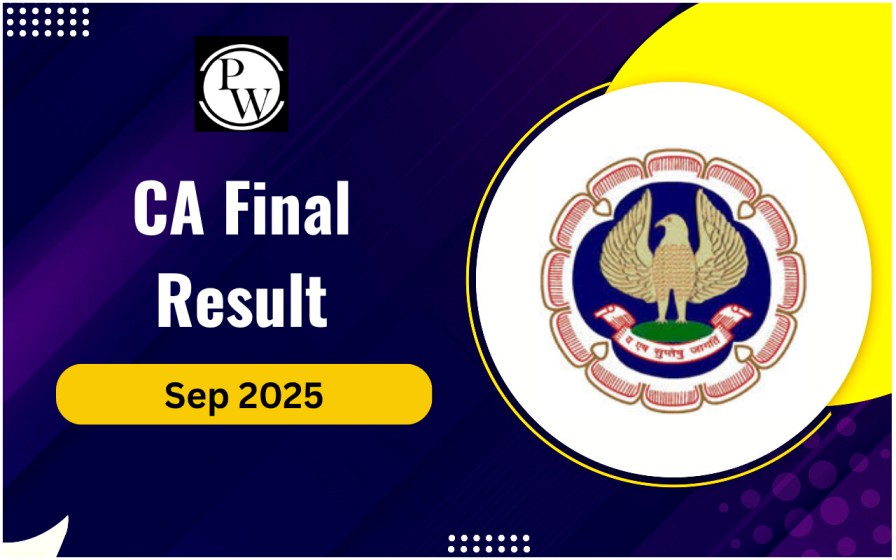
The implementation of the Goods and Services Tax (GST) on July 1, 2017, marked a pivotal transformation in India's taxation landscape. At the heart of this reform is the Central Goods and Services Tax (CGST), a critical component designed to streamline the tax structure and promote the concept of "One Nation, One Tax."
For CA students, understanding Central Goods and Services Tax is essential not only for academic purposes but also for practical applications in future careers. This article delves into the nuances of CGST for CA exams , covering its definition, history, features, tax slabs, and its coexistence with SGST and IGST.What is CGST?
The Central Goods and Services Tax (CGST) represents a uniform tax levied by the central government on the intra-state supply of goods and services. Intrastate supply refers to transactions that occur within the boundaries of a single state. Under the CGST Act 2017, this tax subsumes various central-level indirect taxes, such as central excise duty and service tax, into a single entity. The revenues collected through Central Goods and Services Tax are credited to the central government. Notably, for every intrastate transaction, the total GST liability is equally divided between CGST and the corresponding State GST (SGST), ensuring a balanced tax-sharing mechanism between the central and state governments. For instance, if a manufacturer in Maharashtra sells goods within the state, a part of the GST collected is deposited as Central Goods and Services Tax, and an equivalent portion is allocated to SGST. This system exemplifies the cooperative federalism underpinning India's tax framework.History and Objectives of the CGST Act, 2017
The Central Goods and Services Tax Act, 2017 emerged as a landmark reform aimed at unifying India’s complex and fragmented tax structure. Before its introduction, businesses grappled with multiple indirect taxes, such as service tax, central excise duty, and additional customs duties, leading to inefficiencies and tax cascading.History
Efforts to implement a unified tax system began in the early 2000s. After multiple discussions and amendments, the GST regime was finally rolled out in 2017, with CGST forming its backbone for central taxation. The Act's implementation streamlined compliance, reduced tax evasion, and created a seamless system for taxpayers.Objectives of the CGST Act
The CGST Act, 2017, was introduced with the following objectives:- Simplified Tax Compliance: The Act reduced complexities by subsuming numerous indirect taxes into one.
- Elimination of Double Taxation: It resolved issues arising from overlapping state and central taxes.
- Enhanced Revenue Transparency: The GST system, including Central Goods and Services Tax, is monitored through a centralized digital platform, ensuring transparency and efficiency.
- Boost to Trade and Economy: By eliminating check-post delays and other inefficiencies, the Act fosters smoother interstate and intrastate trade.
- Reduction of Tax Burden: By subsuming multiple taxes, CGST helps lower the overall tax burden on goods and services, making them more affordable for consumers.
Also Read: Accounting for Branches
Features of CGST
The CGST Act, 2017, encompasses several distinctive features that simplify taxation for businesses and individuals alike. These features ensure clarity and ease of compliance, benefiting taxpayers and administrators.Levy on Intra-State Transactions CGST applies exclusively to intrastate supplies of goods and services, ensuring a clear demarcation from IGST, which governs interstate transactions.
Self-Assessment Mechanism Taxpayers are empowered to assess their tax liabilities independently, fostering accountability and reducing administrative burdens.
Reduction in Cascading Effect By integrating central taxes, CGST eliminates the cascading tax effect that existed in the pre-GST era.
Uniform Penalties and Provisions The Act includes stringent provisions for non-compliance, ensuring uniformity in penalties and discouraging tax evasion.
CGST Tax Slabs and Rates
The CGST Act categorizes goods and services under various tax slabs to address the diverse nature of the economy. The distribution ensures equitable revenue sharing between the central and state governments. Below is an overview of the key slabs:| CGST Tax Slabs and Rates | ||
|---|---|---|
| Tax Slab | Examples of Goods/Services | CGST Share |
| 5% | Paneer, raisins, fruits | 2.5% |
| 12% | Jams, cutlery, wooden toys | 6% |
| 18% | Chocolates, soaps, fountain pens | 9% |
| 28% | Air conditioners, luxury vehicles | 14% |
| 3% | Gold, silver, imitation jewelry | 1.5% |
| 0.25% | Precious stones | 0.125% |
| 0% | Fresh fruits, curd, sanitary napkins | 0% |
Why Does India Have Three GST Categories?
Despite the vision of "One Nation, One Tax," India’s federal structure necessitates three GST categories: CGST, SGST, and IGST. Each plays a specific role in ensuring fair tax distribution and compliance.Federal Tax Structure
India’s governance model allows both central and state governments to levy taxes. CGST addresses central tax components, while SGST pertains to state-level taxes for intrastate transactions. IGST bridges the gap for interstate commerce.Simplified Compliance for Businesses
The division ensures businesses can easily calculate and remit taxes based on the nature of transactions. For example, intrastate transactions involve equal shares of CGST and SGST, while IGST covers the entirety of interstate transactions.Equitable Revenue Sharing
By splitting revenues between the central and state governments, the system promotes fiscal balance and reduces regional disparities. Mastering the complexities of Central Goods and Services Tax is indispensable for CA students aspiring to excel in taxation. As a cornerstone of India’s GST framework, CGST ensures equitable tax distribution and simplified compliance. If you aim to gain a deeper understanding and crack the CA exams, explore PW CA Courses, meticulously designed to empower students for success. Join us today and turn your aspirations into achievements!| Also Check: | |
| Advance Tax | Income from Other Sources |
| Income from Other Sources | Procedure for Computation of Total Income |
| Basis of Charge | The General Clauses Act 1897 |
CGST FAQs
What is the purpose of CGST?
How is CGST different from SGST?
What are the tax slabs under CGST?
Is CGST applicable on interstate transactions?


